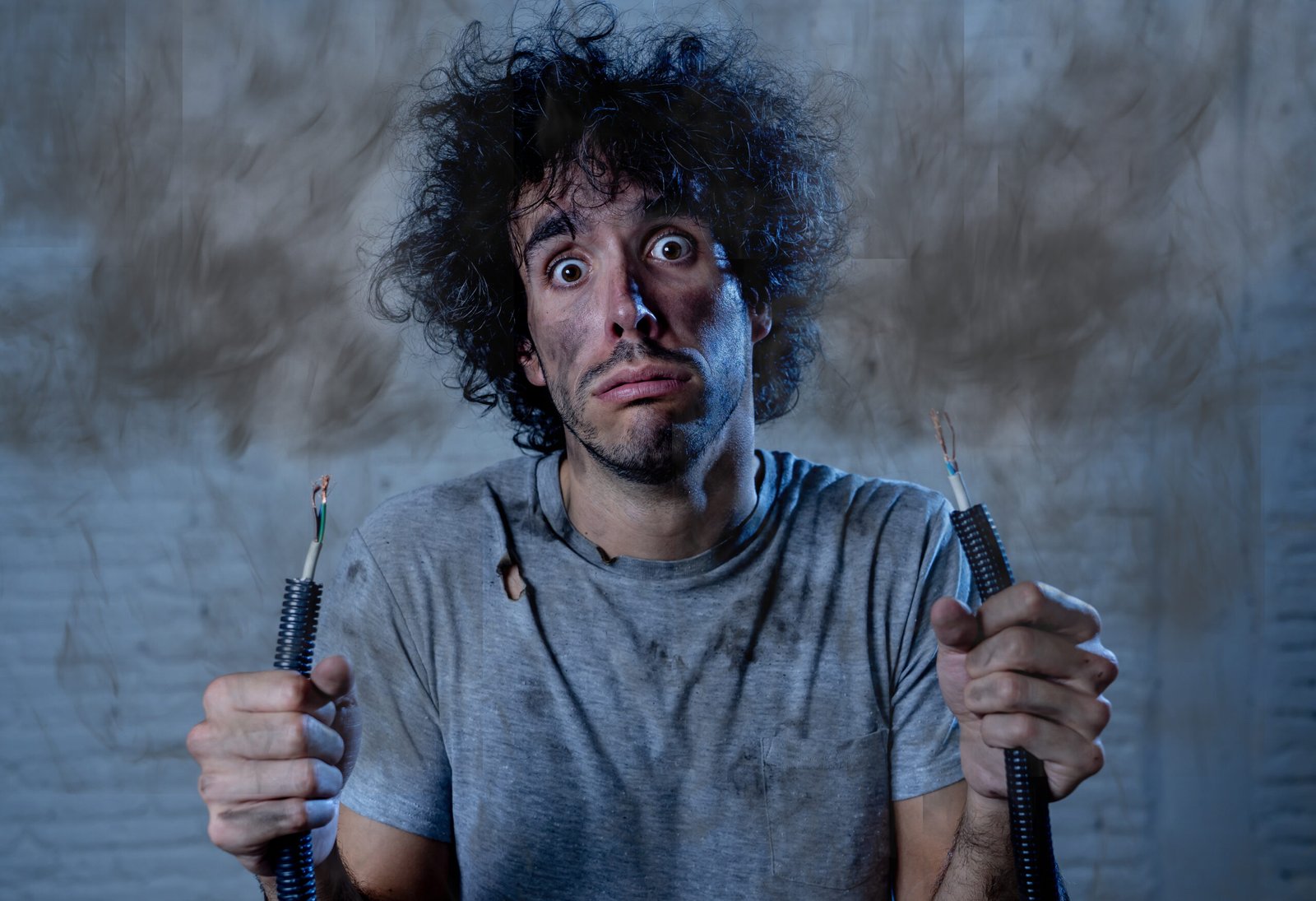People will always need maintenance around their home, especially for electrical cabling or wiring. Over time, the wires can perish, causing the plug or connection to become useless or a safety hazard.
While most people would want to save money by doing the repairs themselves, they could miss some vital steps or measures that come as second nature to a professional. However, not everyone will have the financial means to employ the skills of a professional.
Luckily, not all electrical work is complicated, and a person with limited knowledge would be able to complete it without much effort. As long as they consider the common DIY mistakes below and do their best not to make them, they should get the job done in no time:
Not Insulating New Connections Between Wires
Splicing of wires, as professionals call it, entails the process of joining two electrical cables. Whether this is to extend the reach of an appliance, replace a damaged piece of the cable, or any other reason, it should always be well insulated.
The insulation prevents the live wires from touching each other, which would ultimately cause them to spark or cause a fire. The person doing the work should wrap each cable individually in insulation tape to ensure the connection is safe.
Read here for more information on the safety and legal implications of making a mistake while doing electrical work. Amber electrical knows all the ins and outs of electrical standards in Australia. The article linked here mentions common mistakes made when performing DIY. In Australia it is never a good idea to attempt electrical work – a qualified electrician is almost always needed.
Using Temporary Solutions As Permanent Fixtures
For some, the extension cable is the handiest invention. To these people, it means they don’t have to do any electrical work and can use it as a permanent fix for the electrical issues. Unfortunately, this is not the case, as manufacturers intended that an extension cord should only be a temporary measure.
Overloading the one extension is common too, and many people plug in multiple devices or appliances to the one cable. The increased amount of electricity that flows through the wire could cause it to heat up and damage the devices connected to it.
Another possibility is damage to the home’s circuit breakers, which a professional electrician will have to take care of for the homeowner. As a result, this would cost more than what you could have saved if you did not use temporary solutions.
Not Leaving Enough Length On The Cable
One of the most common mistakes an electrical novice makes is not leaving enough length on the cable when connecting two points. Since it is such an easy mistake, a person doing DIY electrical work should pay special attention to this.
Before splicing, carefully measure the whole pathway of the wiring from start to finish and make sure to add a few extra on each side just in case the installation calls for it.
Having Open Connections At The Wall Sockets
Installing new hardware like wall sockets is no easy feat, and some DIYers would give up halfway through the process. Once they realize they cannot get the wall socket into the wall correctly, they tend to leave it open or hanging.
The open connection is hazardous, especially in a home with children and pets where they can quickly go up to the loose wiring and touch it. They can fatally shock themselves when they come into contact with the wires or get seriously hurt.
Forgetting To Earth The Connections
Grounding an electrical connection, especially those with a three-pronged plug, is essential. Electricity surging from the devices or the cable needs an outlet instead of back into the link.
Without it, the person using the device could shock themselves, or it will electrify the socket. An excellent solution to secure that is by grounding or earthing the connection; the system is safe to use by applying a surge protector to catch any overflow of electricity.
Using The Incorrect Type Of Wires
Depending on the electrical load a cable needs to carry, there are different sizes of wires with appropriate insulation for a specific use. Using thinner wiring, for example, could lead to it burning through because manufacturers didn’t intend for it to handle a big load.
When purchasing cable from an electrical store, tell the sales clerk precisely what you will use it for so they can provide the correct one for your needs.
Creating Loose Connections Or Fittings
Loose connections can cause a whole array of safety hazards that the person can avoid if the installation of the fitting or connection is correct. Cables that move around could touch each other and cause an electric shock to the person using the appliance or fitting. It may also cause a spark which can result in the room setting ablaze.
Connecting Live And Neutral Wires Incorrectly
Manufacturers design electrical circuits so professionals can connect the various components safely and functionally. Someone without the necessary experience could easily confuse the live and neutral wires of a cable when connecting it to a plug. Not only will this damage the appliance or device, but it could also blow one of the fuses in the main electrical box.
Not Having Proper Safety Measures In Place
Electricity could be hazardous to work with if the person doesn’t know what they are doing. Someone that does DIY fixing may forget to put measures in place to safeguard themselves from these dangers. The first thing one must do before doing electrical work is to switch the power off at the main switch and then test if the wire they are working with doesn’t have any electrical flow.
Other safety measures could include wearing rubber-soled shoes, standing on a rubber mat, and wearing rubberized work gloves. These are poor conductors for electricity and should reduce the probability of an electric shock.
Tying Up The Loose Ends
Although a layperson can easily do minor electrical fixes at home, it is still best to contact a professional electrician when in doubt. It is always better to follow safe installation methods rather than regret the one mistake that can happen quickly. Remember all the safety measures, and follow the advice of someone with the know-how to ensure that all electrical work is properly taken care of for added peace of mind.



















